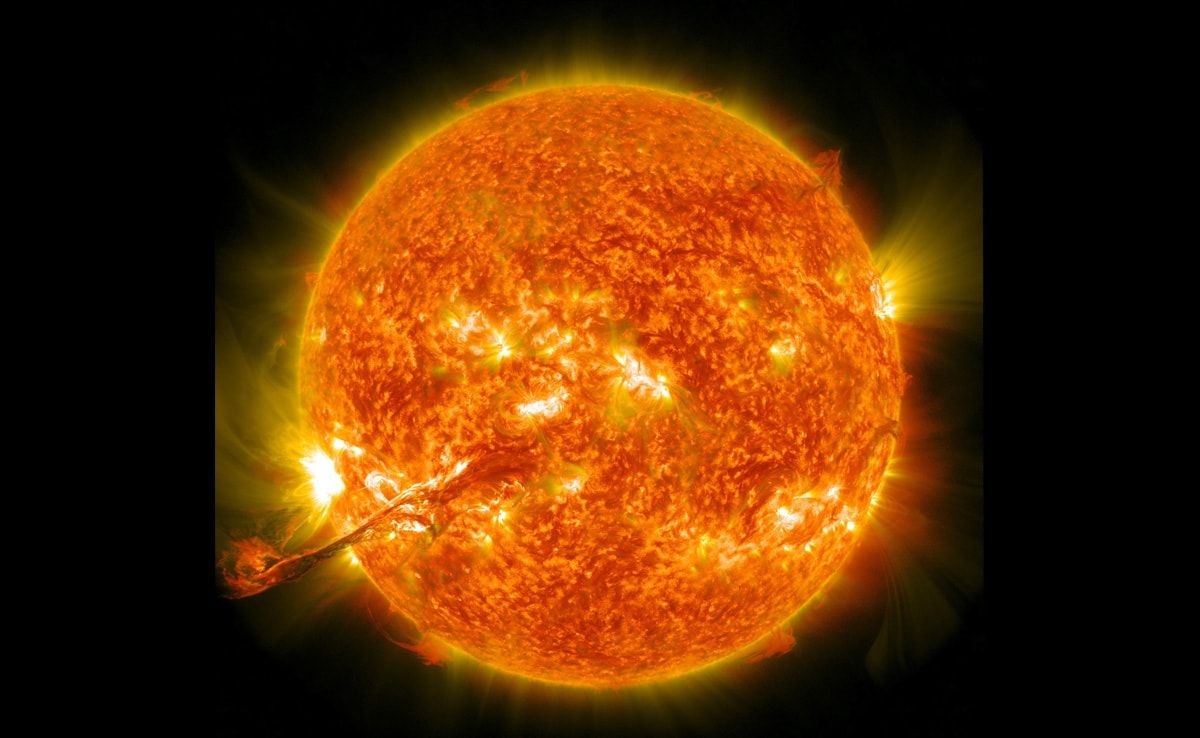For Sunday, September 3, the Space Weather Prediction Center (SWPC) of the National Weather Service has issued a geomagnetic storm watch for Earth. However, given that it is categorized as G-1 and is anticipated to be a weak geomagnetic storm, it is unlikely to be a threat to life as we know it on Earth. Together with some modest disruptions to communication, navigation, and power networks, the storm is expected to produce some breathtaking aurora displays.
Spaceweather.com reports that on September 2, a high-velocity stream of solar wind struck Earth, resulting in the formation of a mild G1-class geomagnetic storm. Both of the approaching Coronal Mass Ejections (CMEs) are unconnected to this storm, though. Late on August 30, a CME linked to a filament eruption emerged from the sun, and on September 1, another one began to launch.

The storm may intensify into a category G2 storm if those CMEs that arrived on September 3 stay around.
There is a G1 Watch in place for September 3rd, UTC. On August 30, a CME erupted from the Sun. NOAA Space Weather tweeted, “It is likely that this CME will arrive at Earth, with G1 storm levels probable as early as the evening of 2 Sep EDT (3 Sep UTC-day).”
Coronal Mass Ejections (CMEs) are massive plasma and magnetic field expulsions from the Sun’s corona, according to SWPC. They carry an imbedded magnetic field stronger than the background solar wind interplanetary magnetic field (IMF) intensity, and they have the ability to eject billions of tons of coronal material. With speeds ranging from less than 250 km/s to around 3000 km/s, CMEs leave the Sun in all directions.
ALSO READ :> Goa: A Gastronomic Delight
In the meantime, disturbances to Earth’s magnetic field brought on by solar flares are referred to as geomagnetic storms. A scale from G1 to G5 is used to grade the intensity of solar storms. The weakest storms on the scale, G1 storms can happen frequently, often several times a month.
Although it is unlikely that the G1 geomagnetic storm could harm human life on Earth, it can nonetheless have an influence on power systems and certain satellite operations, including those that are necessary for GPS and mobile devices.
G5 storms are the strongest and are not common. In 1859, the Carrington Event—the strongest solar storm yet observed—took place.“In severe situations, charged solar particles have the ability to destroy satellite electronics, interfere with GPS signals, and take out Earth’s electrical infrastructure. Telegraph clerks reported sparks flying off their machines and setting documents on fire during the Carrington Event of 1859, the strongest solar storm in recorded history, according to Space.com.





